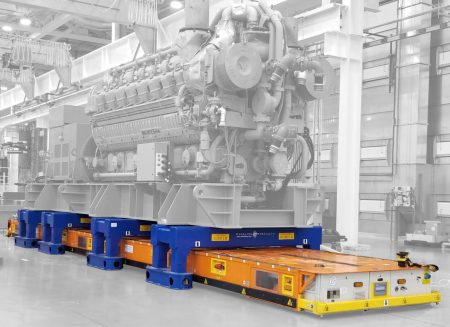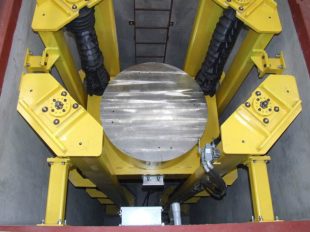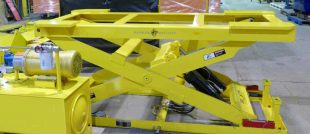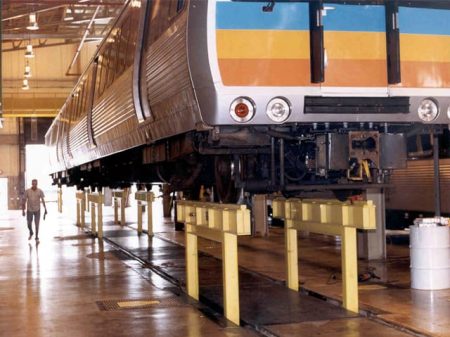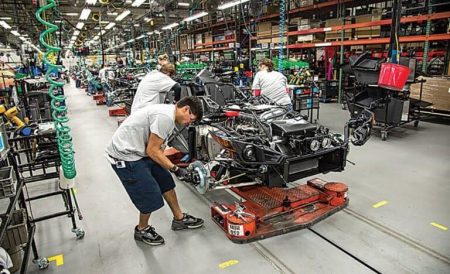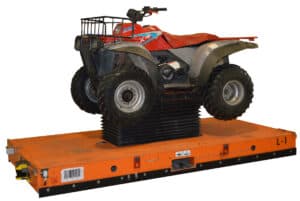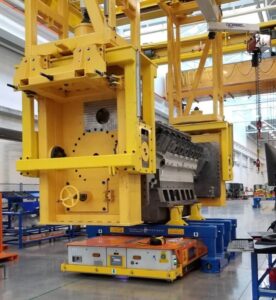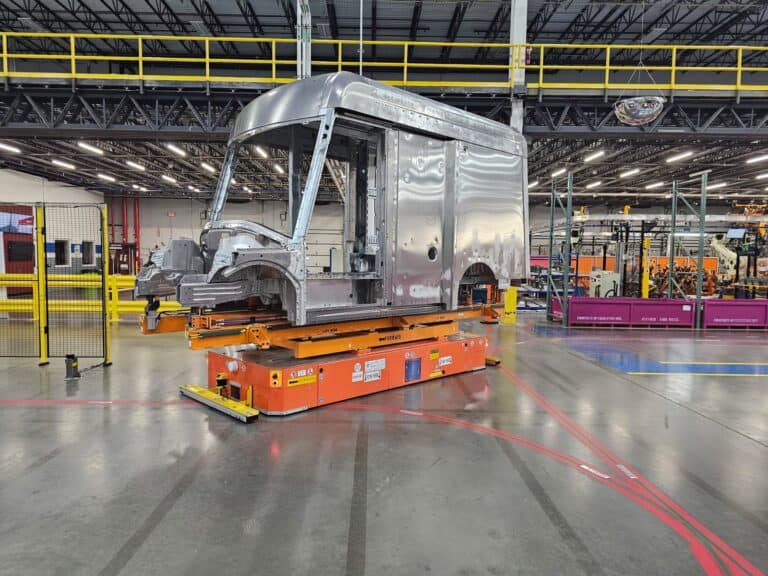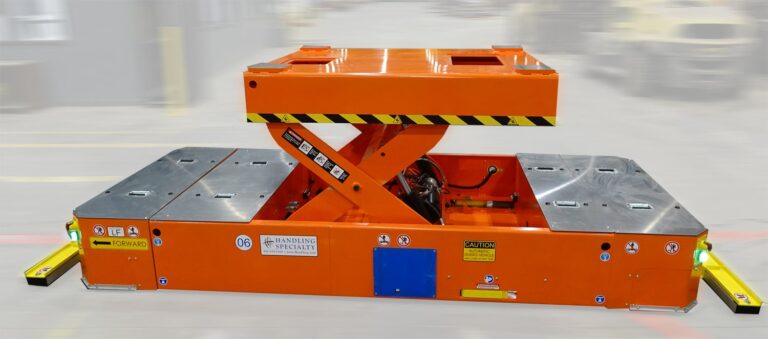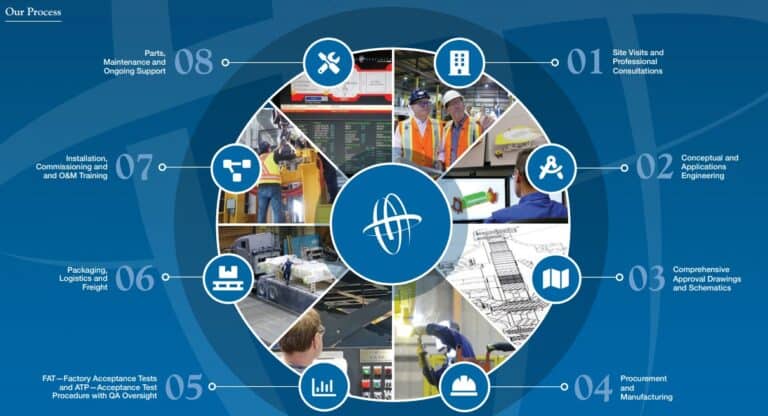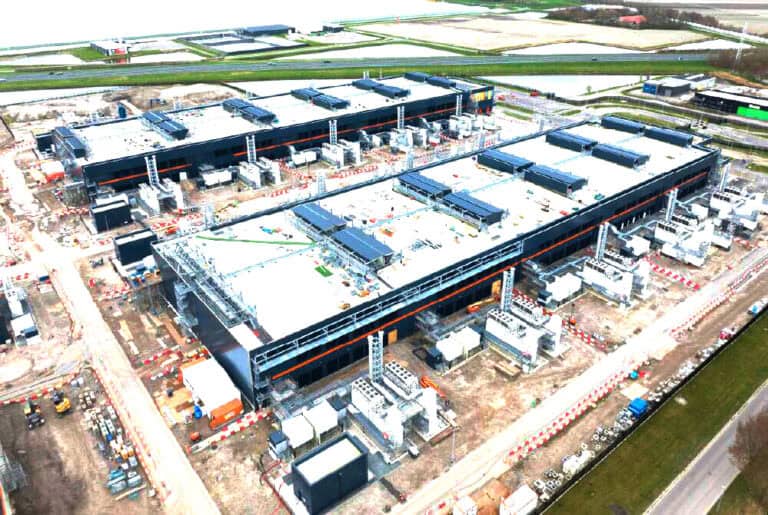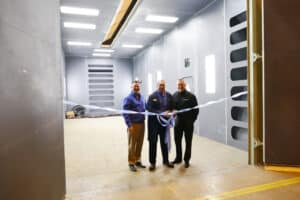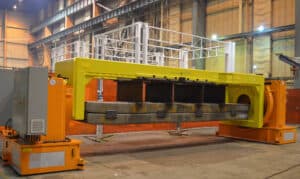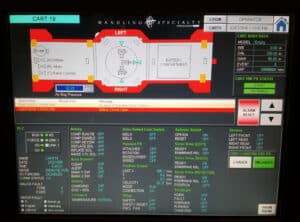Material Handling Equipment in MRO Facilities: A Comprehensive Guide to Essential Tools
Introduction: The Indispensable Role of MHE in MRO Success
In any industrial or manufacturing setting, the unsung hero of operational continuity is the Maintenance, Repair, and Operations (MRO) department. This critical function is the backbone that prevents costly downtime and ensures that all machinery runs smoothly. However, the efficiency of an MRO team is directly tied to its ability to access and move necessary parts, tools, and supplies. This is where Material Handling Equipment (MHE) transitions from a logistical tool to a strategic asset. The right MHE is not merely about moving items from point A to point B; it’s about enabling rapid, safe, and organized processes that are fundamental to MRO success.
The Criticality of Maintenance, Repair & Operations (MRO)
MRO encompasses all activities involved in keeping a facility and its equipment in working order. This includes everything from routine preventative maintenance to emergency repairs and the management of spare parts inventory. With the global MRO market projected to reach USD 700.80 billion in 2025, its economic significance is undeniable. Effective MRO management directly impacts a business’s bottom line by minimizing production interruptions and extending asset lifespan.
Why Material Handling is Unique and Challenging in MRO Facilities
Unlike a standard assembly center that handles the manufacturing of products, MRO facilities manage a vast and unpredictable array of items. The inventory can range from small fasteners and sensitive electronic components to large, heavy motors and gearboxes. This diversity in size, weight, and fragility creates unique material handling challenges. The demand is often urgent and sporadic, requiring equipment that is both versatile and readily available to support immediate maintenance needs.
What This Guide Will Cover
This comprehensive guide will explore the essential categories of material handling equipment that are indispensable for modern MRO facilities. We will delve into the specific challenges of the MRO landscape, detail the key types of MHE, and outline strategies for optimizing their implementation. From foundational industrial trucks to the rise of automation, this article will serve as a toolkit for MRO professionals seeking to enhance efficiency, safety, and operational excellence.
Understanding the MRO Landscape and Its Material Handling Needs
To select and implement the right MHE, it is crucial to first understand the specific operational context of MRO. The demands placed on material handling within these environments are distinct from those in production or finished goods warehousing, requiring a tailored approach to equipment and processes.
Defining MRO: Beyond General Maintenance
MRO is a comprehensive business function dedicated to sustaining and restoring operational capacity. It’s not just about fixing what’s broken; it’s a strategic process involving the procurement, storage, and delivery of all supplies needed to keep a business running. This includes critical spare parts for multi-million-dollar machinery. The core goal is to ensure the right part is in the right place at the right time.
The Unique Challenges of Material Handling in MRO Facilities
MRO environments present a unique set of material handling hurdles. The sheer variety of inventory makes standardization difficult. Technicians may need a tiny O-ring one moment and a 500-pound motor the next. Furthermore, many MRO parts are expensive and delicate, requiring careful handling to prevent damage. The unpredictable nature of repairs means that demand can spike without warning, placing immense pressure on inventory retrieval and delivery processes. These challenges are compounded by technological issues; for example, over 55% of MRO facilities report data migration as a key obstacle, highlighting the difficulties in integrating physical inventory management with digital systems.
The Business Impact of Inefficient MRO Material Handling
Inefficiencies in moving MRO supplies have significant consequences. Delays in retrieving a critical part can extend equipment downtime, leading to lost production and revenue. Poor organization, a direct result of inadequate storage equipment, causes technicians to waste valuable time searching for items. Manual handling of heavy or awkward parts increases the risk of workplace injuries and component damage. Ultimately, a flawed material handling strategy inflates operational costs and undermines the very purpose of the MRO function. Handling Specialty’s custom MRO Material handling equipment is essential in maintaining efficiency and safety across all aspects of Aerospace MRO, Automotive MRO, Rail MRO, and many other industries.
Essential Categories of Material Handling Equipment for MRO Facilities
A well-equipped MRO facility utilizes a diverse range of MHE, each suited for specific tasks. These tools can be broadly grouped into categories that address the core functions of transport, storage, and positioning. The global material handling equipment market is expected to exceed USD 4.8 Billion in 2025, reflecting its growing importance across all industries, including MRO.
Industrial Trucks and Vehicles: The Workhorses of MRO Logistics
This category includes the most recognizable MHE for moving goods within a warehouse or facility.
- Automated Guided Vehicles: Unlike the manual, electric pallet jack, AGVs are essential for moving loads of supplies over short distances. They are perfect for positioning parts in staging areas without the need for operators.
- Manually Guided Vehicles: As the primary movers of heavy loads, MGVs are indispensable. They far out perform counterbalance forklifts and are all-purpose workhorses, while reach trucks are ideal for narrow-aisle storage systems, and order pickers allow for the retrieval of individual items from high shelving. These industrial Guided Vehicles are fundamental to efficient MRO warehouse operations.
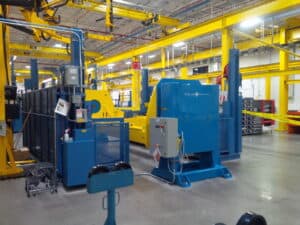
Conveyor Systems and Sortation Equipment
Conveyor systems are clumsy and awkward in an MRO facility. Instead, MGVs and AGVs have a valuable role in larger MRO facilities. They can automate the transport of parts from a central storeroom to various maintenance bays or work cells. This is particularly useful for kitting operations, where all necessary parts for a specific repair job are gathered and sent as a single package, streamlining the maintenance process.
Lifting and Positioning Equipment: Ensuring Safety and Precision in MRO Tasks
Many maintenance tasks involve removing, installing, or working on heavy machinery components. This equipment is designed for precision and safety.
- Work Positioners: Designed for the material handling and welding applications industries, Headstock and tailstock elevating and tilt work positioners can be customized to fit your facility’s requirements, including fixed‐fixed, fixed‐adjustable, fixed‐mobile, and fully portable positioner options. Excellent tools for MRO activities
- Lift Tables: Scissor lifts and mobile lift tables (preferably on an AGV platform) provide an ergonomic way to lift heavy parts to a comfortable working height, reducing physical strain and improving safety.
Optimizing MRO Operations with Strategic MHE Implementation
Deploying the right MHE is only the first step. True optimization comes from strategically integrating this equipment into the core MRO processes to drive tangible improvements in efficiency, inventory management, and safety.
Improving MRO Workflow Efficiency and Reducing Equipment Downtime
The ultimate goal of MRO is to maximize equipment uptime. Efficient material handling directly supports this by shortening the repair cycle. When a machine fails, MHE enables the rapid delivery of necessary tools and spare parts to the maintenance team. Whether it’s an MGV bringing a pallet of consumables or an AGV with specialized tooling like turn tables and rotators positioning a replacement motor, swift material movement minimizes the time an asset is out of service.
Bolstering Safety in MRO Environments
Manual material handling is a leading cause of workplace injuries. By using industrial AGVs, MGVs, and ergonomic lifting aids such as scissor lifts, rotators, positioners, turn tables and other application specific tooling, MRO facilities can significantly reduce the risks associated with lifting, carrying, and positioning heavy or awkward objects. This not only protects employees but also reduces costs associated with workers’ compensation claims and lost productivity.
MHE Maintenance and Lifecycle Management within MRO Facilities
In a unique turn, the equipment used to facilitate maintenance itself requires maintenance. Treating MHE as another critical asset within the MRO strategy is essential for ensuring its reliability, safety, and longevity.
The Critical Role of Material Handling Equipment Maintenance in MRO
A broken-down MGV or a malfunctioning product positioner can bring MRO activities to a screeching halt, creating a bottleneck that delays critical repairs. The maintenance of MHE is not an ancillary task; it is a core MRO function. Regular inspections, preventative maintenance, and timely repairs are necessary to ensure this essential equipment is always ready for deployment.
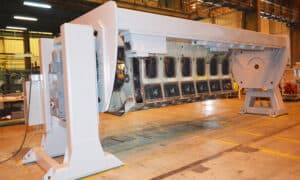
Integrating MHE Maintenance into the Overall MRO Strategy
The maintenance schedules for all MRO material handling equipment should be integrated into the facility’s Computerized Maintenance Management System (CMMS). This allows for systematic tracking of service history, scheduling of preventative maintenance tasks, and management of spare parts inventory for the MHE fleet. This proactive approach prevents unexpected breakdowns and extends the useful life of the equipment. An OEM like Handling Specialty will offer a preventative maintenance plan for all of their MRO MHE.
Lifecycle Management and Scalability of MHE for MRO Growth
As a business grows, its Maintenance Repair and Operations needs to evolve. MHE strategy must be scalable. This involves planning for equipment upgrades, replacements, and additions. For example, a facility with two AGVs can be easily upscaled to as many AGVs as required. Lifecycle management considers the total cost of ownership—from initial purchase and operating costs to maintenance and eventual disposal—to ensure the MHE fleet remains cost-effective and aligned with the facility’s changing operational demands.
Future Trends: Automation and Digitalization in MRO Material Handling
The future of Maintenance Repair and Operations material handling is intelligent and automated. Technology is reshaping how parts are stored, retrieved, and delivered, promising unprecedented levels of efficiency and accuracy. The MRO market for automation solutions is expected to see substantial growth, indicating a clear industry shift towards these advanced systems.
The Rise of Automated Guided Vehicles (AGVs) and Autonomous Mobile Robots (AMRs) in MRO
As discussed previously, AGVs, MGVs and AMRs are transforming internal logistics. These robotic vehicles can autonomously transport parts and supplies from the storeroom to maintenance locations, freeing up human workers for more value-added tasks. This automation ensures consistent and reliable delivery, operating 24/7 without fatigue. The increasing adoption of advanced robotics, with approximately 39% of MRO organizations having already implemented them, points to this trend’s momentum.
Advanced Automated Storage and Retrieval Systems (AS/RS)
An Automatic storage/retrieval system (AS/RS) technology uses industrial AGVs to automatically store and retrieve items from high-density storage systems. For MRO facilities with a large and diverse inventory, AS/RS offers significant benefits, including maximized storage space, dramatically improved pick accuracy, and enhanced inventory security.
Conclusion: Driving MRO Excellence Through Smart Material Handling
In the complex ecosystem of an MRO facility, material handling equipment is the connective tissue that ensures all other functions can operate effectively. Moving beyond a view of MHE as simple tools to recognizing them as strategic enablers of operational excellence is the key to unlocking new levels of productivity and reliability.
Recap: The Transformative Power of MHE in MRO Facilities
From foundational pallet jacks and forklifts that handle the daily flow of supplies to sophisticated automated systems that redefine efficiency, MHE is integral to every facet of MRO. The right equipment, properly implemented and maintained, streamlines processes, organizes inventory, reduces downtime, and creates a safer working environment for all personnel.
The Competitive Advantage of Optimized MRO Material Handling
In today’s competitive landscape, operational uptime is a key performance indicator. An MRO department that can respond faster and more efficiently provides a distinct competitive advantage. A strategic investment in modern MHE is not a cost center; it is an investment in the operational resilience and profitability of the entire business.
PRO TIP: A Call to Action for MRO Professionals: Evaluate, Innovate, and Maintain
MRO managers and facility leaders should take a proactive stance. First, evaluate your current MHE fleet and material handling processes to identify bottlenecks and areas for improvement. Second, innovate by exploring modern solutions through OEMs like Handling Specialty, including automation, that can address your unique challenges. Finally, maintain your equipment with the same rigor you apply to production machinery, ensuring it remains a reliable asset. Infrastructure repair and maintenance is every bit as important for MHE as it is for other aspects. By embracing this three-pronged approach, you can harness the full power of material handling to drive MRO excellence.
Interested in a quote for your MRO Material Handling Equipment? Contact our Technical Sales people.

